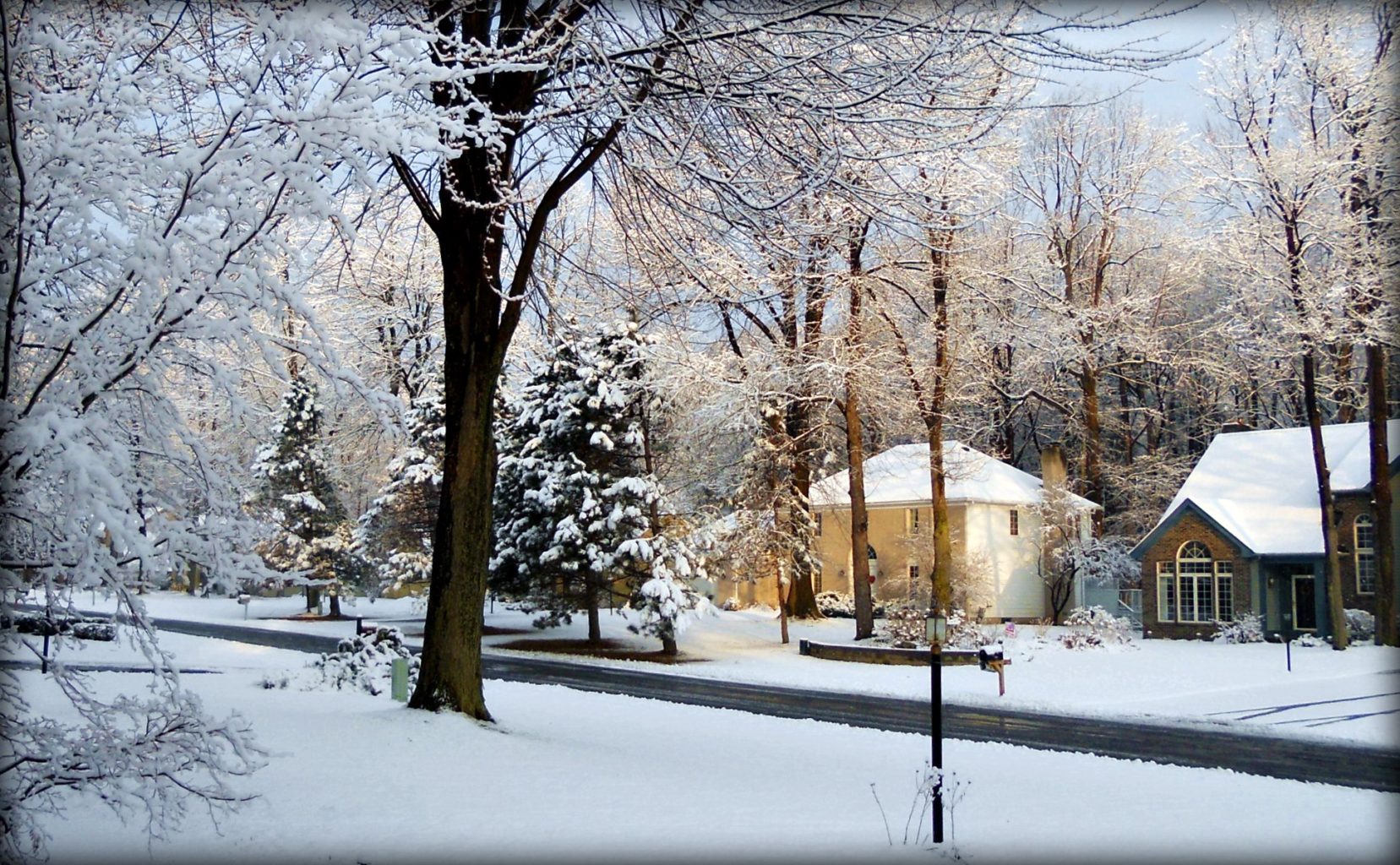Feeling S.A.D this winter?
Seasonal affective disorder, aptly abbreviated as SAD, is a type of seasonal depression characterised by low mood in the winter months. This year, about 20% of the UK population will be affected by ‘sub-syndromal SAD’, colloquially known as the winter blues. In these cases, the symptoms of SAD are felt to some degree but are manageable. However, for 2% of the population, SAD can be far more serious, leaving the sufferer unable to cope with day-to-day life.
SAD was only reported and fully recognised as a condition by the National Institute of Mental Health (NIMH) in the 1980s, and even today the exact causes continue to elude doctors. There is, however, significant evidence to suggest that the reduced number of daylight hours during winter causes a change in the hormone balance of the brain as well as a disruption to our internal body clock. In turn this can manifest into a series of symptoms. These can include social withdrawal, lethargy, overeating and low mood.
A certain amount of light is needed for our bodies to function normally. When light reaches the back of the eye, it sends messages to the hypothalamus – the part of the brain responsible for functions such as body temperature, sleep, hunger, sex drive, and mood. Without light, these variables cannot be properly modulated. The number of daylight hours governs the body’s circadian rhythm – the internal body clock. Reduced sunlight levels can slow the body clock down, causing biological processes in the brain to malfunction. These malfunctions can lead to tiredness and depression.
Near the centre of the brain lies the pineal gland – a pinecone- shaped gland, no bigger than a grain of rice, which is responsible for the production of the hormone melatonin. Melatonin chemically induces drowsiness in mammals. It controls our sleeping patterns and is also responsible for the hibernation of animals. Light will suppress the production of melatonin, keeping us alert; however, when light levels decrease, production increases. This lets our brain know it’s time to sleep. Consequently during winter, when the days are shorter, our brains produce more melatonin, which leads to sluggish be -haviour. Abnormally high levels of melatonin have been often detected in sufferers of SAD.
Another important hormone in play is serotonin; it is responsible for mood regulation, stimulating feelings of well-being and contentment. Production of serotonin in sufferers of depression is often low, and treated with anti-depressants such as Prozac, which work by increasing the levels of the hormone in the brain. Studies also show that levels of serotonin drop in winter, which can contribute to the onset of SAD.
Fortunately there are lots of ways sufferers of SAD and the winter blues can be helped. A common treatment is the use of a lightbox, a small light source used to create the illusion of more daylight hours. Light is measured in units of illuminance, or ‘lux’. A typical summers day will register 10,000–25,000 lux, whereas a lit office will only reach an intensity of 320-500 lux. Lightboxes are over 10 times more intense than a general household light bulb; just a daily 30 minute usage will significantly increase a person’s exposure to light, helping to reset their internal body clock. Dawn-simulating alarm clocks can also be useful. They emit a dim light which gets gradually brighter in time for your alarm. This allows for a more natural wake-up, even on those dark and dingy winter mornings. Simply going for a walk should help to alleviate symptoms. It’s important not to hibernate, even if going outside seems like the last thing you want to do. Taking a walk around midday will inhibit the production of melatonin and boost your mood.
A GP can also recommend alternative courses of treatment, such as anti-depressants for serious cases, or cognitive behaviour therapy, which can help to identify and combat links between feelings and behaviour. It’s important to remember that the winter blues or serious episodes of SAD are temporary and treatable. After Christmas the days will start to get longer and spring is not far away. In the meantime, wrap up warm and get outside. Why not go to pick up some marshmallows for that cup of cocoa?

Comments (1)